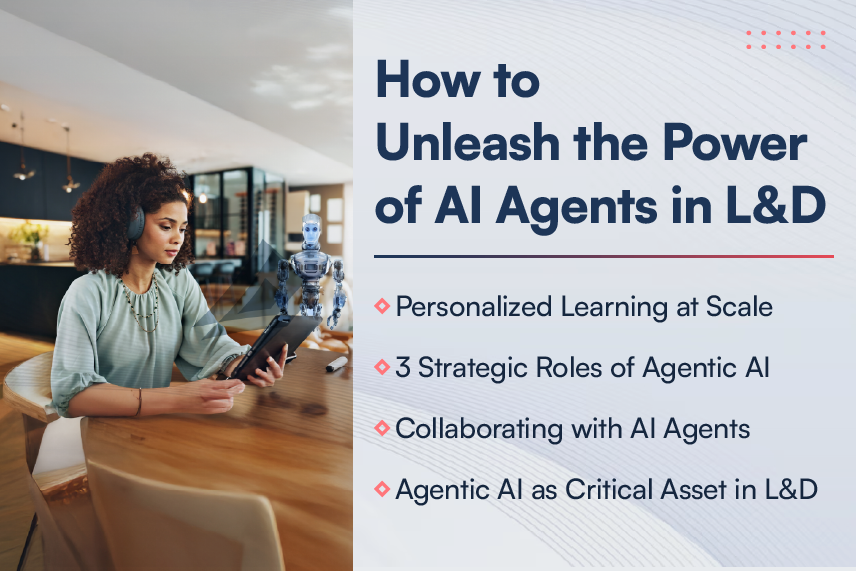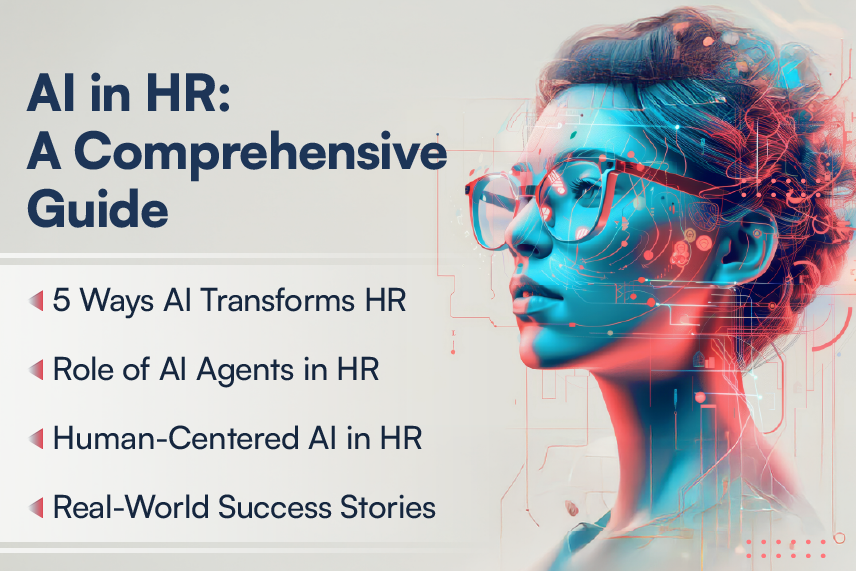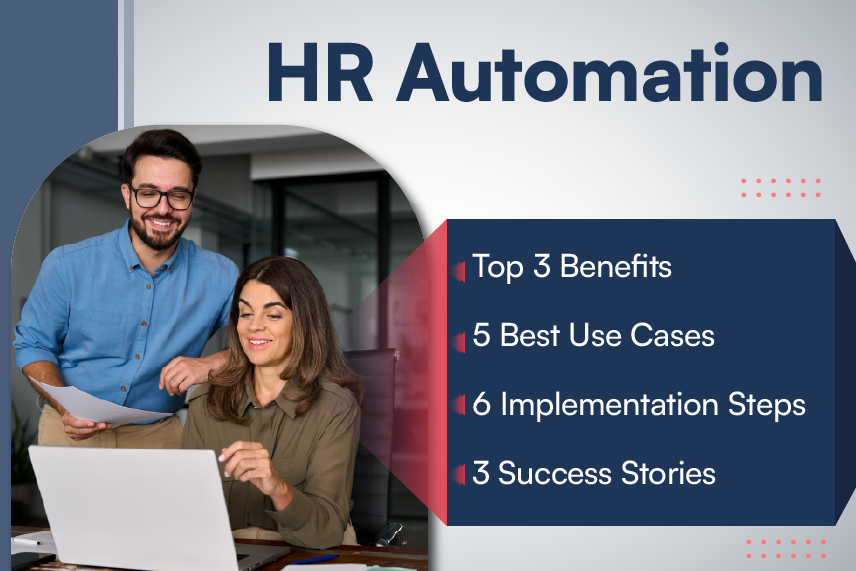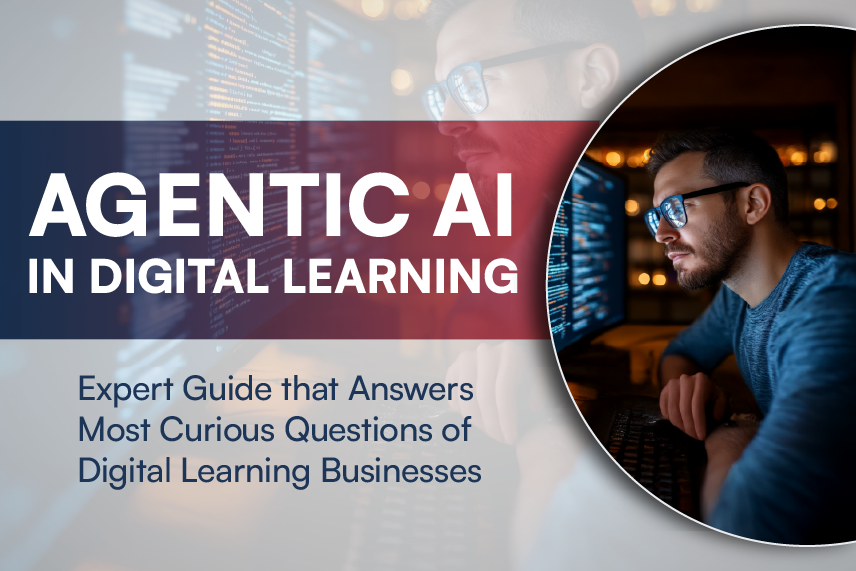
John Doe is an HR executive at a mid-sized organization that uses an HR system to manage various aspects of employee lifecycle. In any given week, John typically receives multiple queries from employees around aspects such as benefit plans, payroll, time off, tax codes etc. Responding to all these queries consumes a considerable amount of John’s bandwidth. John wonders why employees feel the need to reach out to him when they have the option to access this information via the HR portal or mobile app. A majority of HR folks would probably relate to John’s predicament.
Let’s try to analyze why this happens. A majority of enterprise HR systems, though comprehensive in nature, are complex to use. The information that the employee is looking for is likely hidden beneath layers of modules and screens. No wonder then that employees consider it easier to call or email an HR person, rather than going from screen to screen while searching in the HR system. To solve John’s problem, the HR system needs a layer that completely hides software complexity and makes the process of finding information as easy as calling an HR person. Here, the HR system could draw parallels with the customer service segment where, instead of humans, automated chatbots are playing a big role. Sergeant star, a chatbot to resolve queries related to the US Army, is a great success story.
A chatbot is a piece of software that simulates conversation with human users. Cleverbot is an excellent example of chatbot which has the ability to have conversations with humans. In the HR context, the chatbot would simulate conversation with employees; in place of the HR person. For employees, the experience is like chatting with an HR person. A practical application of this would be an HR helpdesk, wherein employee queries are answered by the bot. This has the potential to help HR in many aspects of managing the employee lifecycle. For instance, the chatbot could resolve queries while onboarding new hires. Queries from employees during open enrollment, or from candidates during the hiring process, could be directed to the chatbot. The idea of a chatbot need not just be restricted to query resolution though. The concept can be extended to a virtual personal assistant too. These assistants can perform common and repetitive tasks (such as sending a time off requests) of the employee. Let’s look at some elements that are crucial for effective use of chatbots.
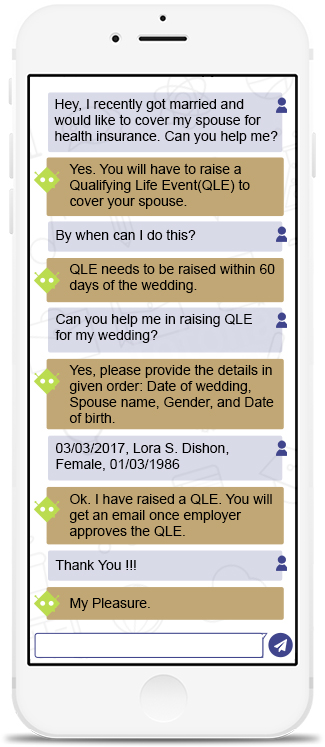
- Accuracy: This is non-negotiable. The chatbot must return correct information when responding to queries.
- Chatbot Profile: An important aspect of simulating a conversation is to ensure that the chatbot has a defined profile. Give your chatbot a name, profile picture and similar elements.
- Ease of Launching: Communication with a chatbot should be as easy as calling the HR helpdesk. One way to achieve this could be to integrate it with messaging apps such as Slack, FB messenger
- Response Type: The aim of using a chatbot is to simulate a conversation; therefore, response should be crisp and to the point. Long textual answers could throw off the employee. One way to ensure this is for the chatbot to get into conversation mode by asking the employees questions, just as an HR person would do.
- Offer Choices: Instead of having the employee type in detailed queries, it might be better to offer options to employees, and allow them to respond. For example, if a new hire asks, “What are the different types of time-off in the organization?”, the chatbot could respond with options such as 1. Paid Time Off, 2. Jury Duty and 3. Paternity Leave. In addition, the chatbot could say something like ‘To know more about any of these, enter the number.’
Having looked at the potential of chatbots and taking note of some of the design considerations, let’s talk about ways in which HR system vendors could go about incorporating chatbots for their HR systems.
- Off the Shelf Solutions: In this approach, one can buy an off-the-shelf solution. Getting started would require minimum technical expertise, and this would also cut down time-to-market. However, the customization options available in such solutions are limited, and may not fit the organization’s requirements down the line. In addition, the integration ability with existing solutions might be a roadblock, especially if the company is using more than one system to manage the employee lifecycle.
- Use Tools to Build: In this approach, one can use existing chatbot tools/frameworks to build a bot for their own needs. Depending on the tool chosen, one may require some technical expertise to build the chatbot. This approach can offer an intermediate level of customization and integration ability.
- Building Own Chatbot: In this approach, one builds a custom chatbot that is tailor-made for their business requirements. This also allows the organization to incorporate customization and integration ability as per its needs. This approach requires excellent technical expertise in building chatbots and takes more time as compared to other approaches. However, this limitation can be overcome if the chatbot is planned in phases. In the long term, this approach gives a better handle on the chatbot and its functionality.
Chatbots in the HR context are still in the hype phase. However, their growing relevance is very evident and cannot be undermined. In the coming years, we could see some early mainstream adoption.
To know more about how Harbinger can help you build products that shape the future of HR, click on the link below: https://www.harbingergroup.com/industries/hrtech/



